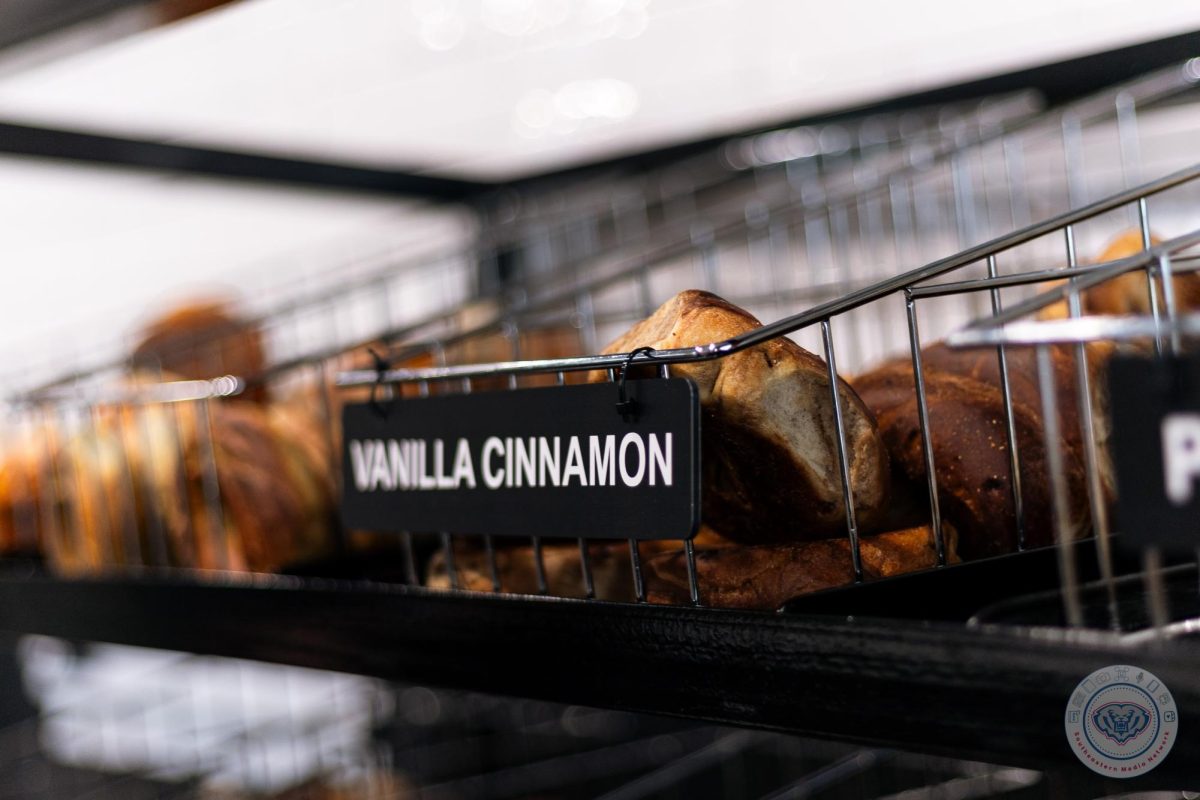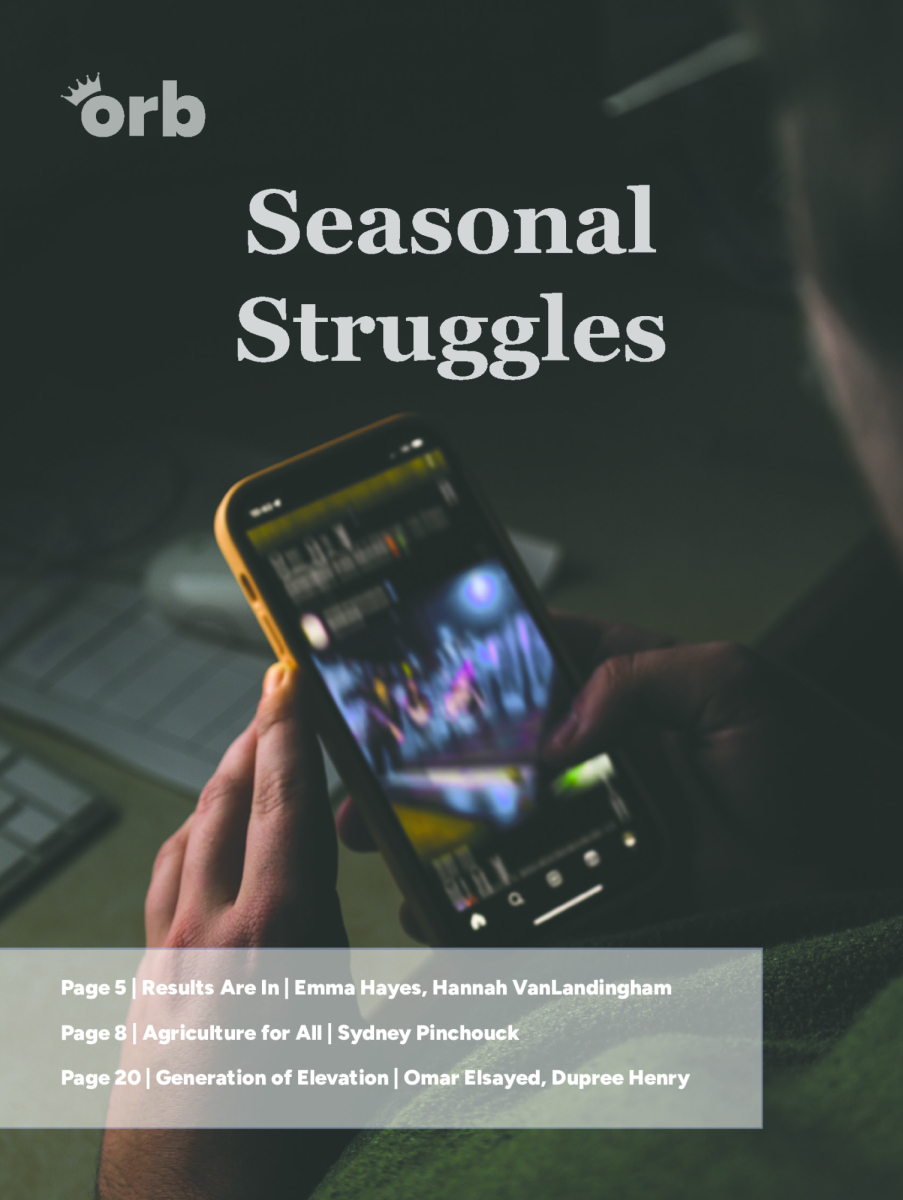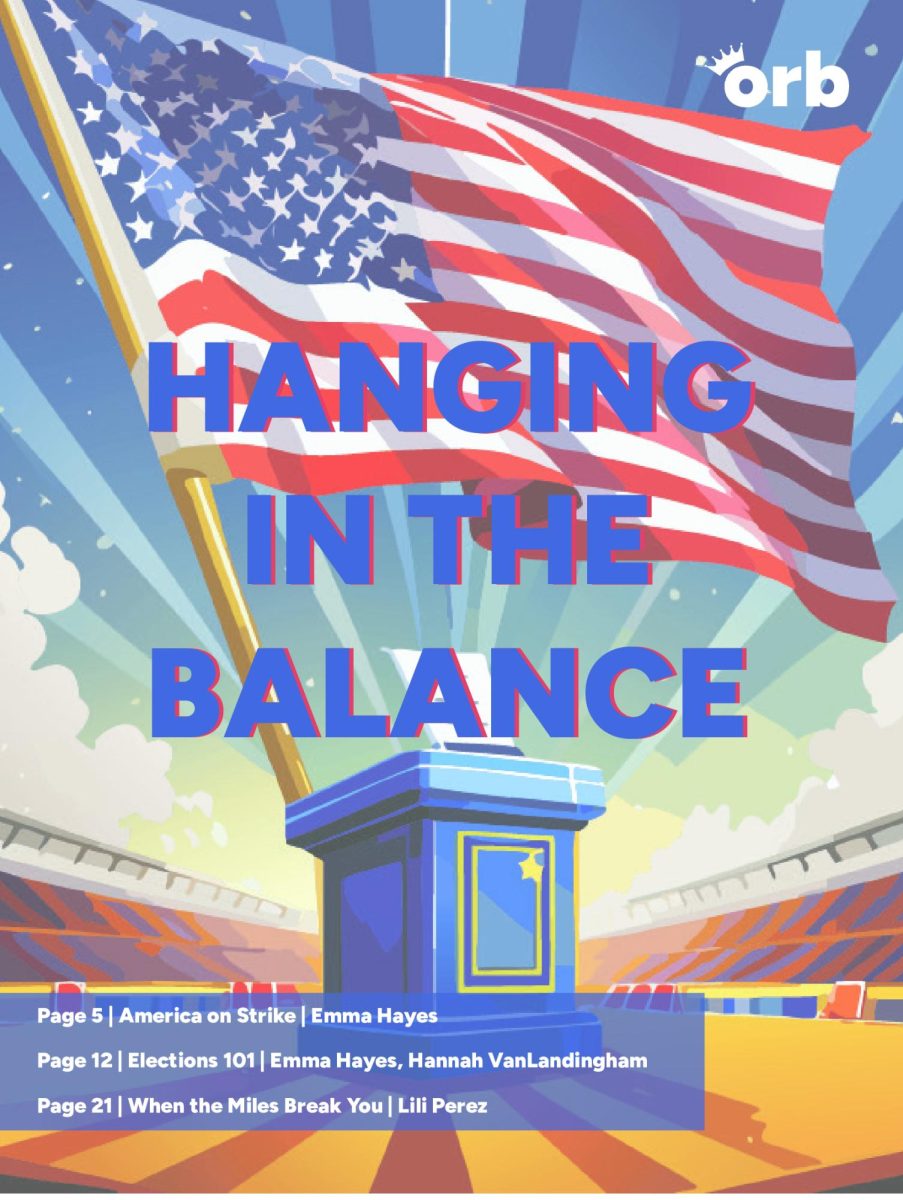The Story of St. Patrick
You know, he’s not actually ethnically Irish, he’s British
March 17, 2022
If there’s one saint known almost as much as St. Nicholas himself, it’s St. Patrick. The Irish saint has a borderline national holiday all to himself, it’s actually today if you don’t know. March 17th is St. Patrick’s Day, specifically the anniversary of the day Patrick died himself. Everyone knows about the shamrocks and beer and wearing green to avoid getting pinched, but there is a surprising lack of common knowledge about the holiday’s namesake. Well, that is my goal for this sainted day, to teach you something about the native Brit-turned-Irish slave.
The farther you go back in history, the less accurate dates become due to increasingly poor record keeping. For St. Patrick’s birthdate, the most accurate claim that can be made is that he was born in England in the early-to-mid 5th century. He was born to a Roman deacon in the British isles, living a relatively nice life for an inhabitant of the 5th century. At age 16, he was kidnapped by Irish raiders and taken back to Ireland for slave labor. The slave labor served a purpose in young Patrick’s life, however; it turned him fervently towards his Christian faith. After six years of herding sheep for his captors, Patrick escaped and returned to his family back in Britain.
Back at home, Patrick wrote in his Confessio (confession in Latin) that he had a dream where he was given a letter written by Victoricus (an earlier Christian martyr in France) titled The Voice of the Irish. In this dream letter, Patrick was told about a group of Irishmen beseeching him to walk among them once again. Patrick was “deeply moved” by the work, but he was highly skeptical of how he could be a missionary given his poor education in Latin and Christianity. It’s even said that he was close to leaving the prospect altogether on the eve of his trip back to Ireland, but his confidence in God’s will overpowered his own doubts. He voyaged back to the same island where he was enslaved previously, but this time he was on a mission to convert the non-Christian natives of Ireland. Continuing in his Confessio, he claims that all of his doubts were erased as soon as he began to baptize and confirm his converts, leading to him traveling the island and passionately spreading his religion.
Always faced with the threat of martyrdom from the less-accepting of the island’s natives, Patrick continued his mission and converted as many people as he could, even going as far as to establish multiple churches in Ireland. As Patrick approached the end of his life, he retired to the Saul Monastery back in Britain, where it is assumed he wrote his Confessio. He claims that an angel proclaimed to him that he would die in Saul, the site of his first church, even though Patrick wanted to pass in the “ecclesiastical metropolis” of Ireland. Ever the obedient Catholic, St. Patrick passed away at Saul Monastery on March 17th, 461 (approximately dated).
But Saint Patrick’s story didn’t die with him, it lived on through all of his converts in Ireland, where it became a legend before the end of the 7th century. The legends continued to become more grandiose throughout the passage of time, with stories of the man driving all of the snakes out of Ireland and into the sea spread like wildfire. Another story claims that he raised 33 men from the dead, some of whom have been dead for multiple years before that. The most popular of his legends actually has to do with the shamrock, one of the main symbols of St. Patrick’s Day and Ireland as a whole today. It is told that he used the three-leafed plant to convey the idea of the Holy Trinity to the unbelievers of Ireland, pointing to three leaves all connected to one stalk. And now it’s tradition for Irishmen to wear a shamrock on their lapels every March 17th.
So now you understand that Saint Patrick is central to Irish history, and how his legends only continue to develop his popularity both within Ireland and among all the places where Irish immigrants have moved. He’s the man that forgave the same people for enslaving him and ventured back to their island, risking his life day in and day out to spread Christianity. Seeing how modern Ireland is still heavily Catholic (78.3% still identify as Roman Catholic), it can be understood that the Irish owe a massive part of their culture to St. Patrick.






























